The piano trio, most commonly featuring the piano, a violin, and a cello, is one of the most popular pairings in classical chamber music. The amount of music written for this particular instrumental combination is absolutely staggering. Composers from A to Z, from Aarne to Zykan, have taken on this form, which was essentially developed by Joseph Haydn. The piano trio has never gone out of fashion, and it is still going strong in contemporary music.
Of course, piano trios are also a favourite medium for performers and audiences of all ages. Thank you so much for posting comments and suggestions on my blog on the 10 most beautiful piano trios and the follow-up posting of more dazzling and awe-inspiring piano trios. Based on your suggestions, there are many more exciting and wonderful piano trios to explore, so let’s get started with the G-minor trio by Bedřich Smetana.
Bedřich Smetana: Piano Trio in G minor, Op. 15

Smetana at the piano
Bedřich Smetana (1824-1884) was a private man who composed two autobiographical works, the String Quartet in E minor, “From My Life,” and the Piano Trio in G minor in 1855. The Trio originated during a period of family tragedies. Bedřich had married Kateřina Kolářová in 1849, but the bride contracted tuberculosis and endlessly struggled to keep the disease under control. Additionally, their first daughter Bedřiška, born in 1851, did not see her fourth birthday. Similarly, their second daughter, Gabriela, died in infancy, with the same fate befalling their fourth daughter, Kateřina, who died in 1856. These personal tragedies inspired not only one of Smetana’s most intimate and moving compositions, the Piano Trio in G minor, Opus 15, but also strengthened his resolve to leave Prague, “a city that did not wish to acknowledge me.”
Smetana would later write a letter to one of the doctors who had tried to cure his hearing. As he wrote, “The death of my eldest daughter, an exceptionally talented child, motivated me to compose… my Trio in G minor. It was performed the same year in Prague… The audience was unresponsive, and the critics hated it.” A year later, it met with a much warmer reception, however, when it was performed, again with the composer at the piano, with Liszt in attendance, in Smetana’s Prague apartment. Liszt was profoundly moved and arranged for subsequent performances in Germany and Austria.
Gabriel Fauré: Piano Trio in D minor, Op. 120
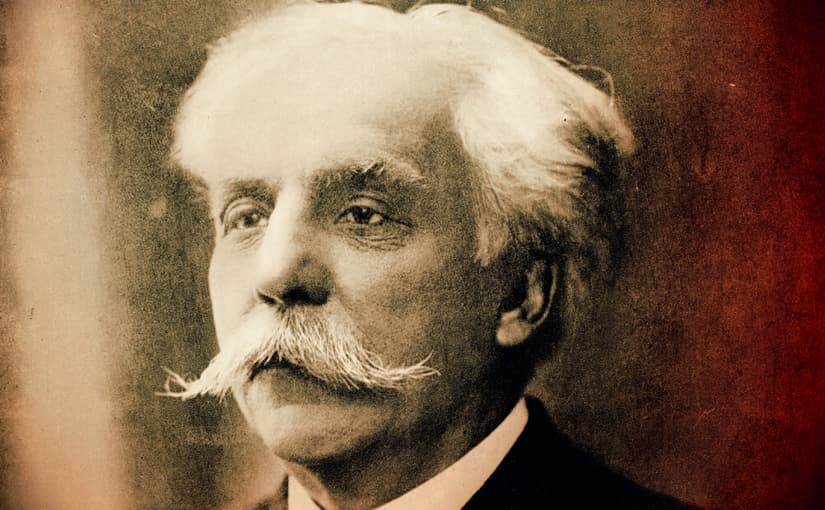
Gabriel Fauré © Pianodao
Gabriel Fauré (1845-1924), one of the most advanced French composers of his generation, composed in a highly personalised musical style. Blending soulful modal melodies with a colourful harmonic language, he greatly influenced subsequent generations of composers. Not to be outdone, Fauré was a revered teacher and a proactive administrator on behalf of music. He became Professor of Composition at the Paris Conservatoire in 1896, teaching among others, Maurice Ravel, Georges Enescu and Nadia Boulanger. And when he was appointed as director of the Conservatoire in 1905, he eagerly reformed the curriculum of this most prestigious musical institution in France.
Fauré reluctantly retired as director of the Paris Conservatoire in 1920, but he was happy to finally have more free time for composition. It was his publisher, Jacques Durand, who suggested that Fauré might compose a trio for piano, violin and cello. Apparently, Fauré originally contemplated a trio for piano, cello, and either a clarinet or violin, but in the end decided to write a classical piano trio instead. Scored in three compact and passionate movements, the trio is full of surprising changes in tone and tune against a misty backdrop of melancholy. First performed on 12 May 1923, a reviewer praised “the elegant clarity, the equilibrium of thought, and the serenity.”
Charles-Valentin Alkan: Piano Trio in G minor, Op. 30
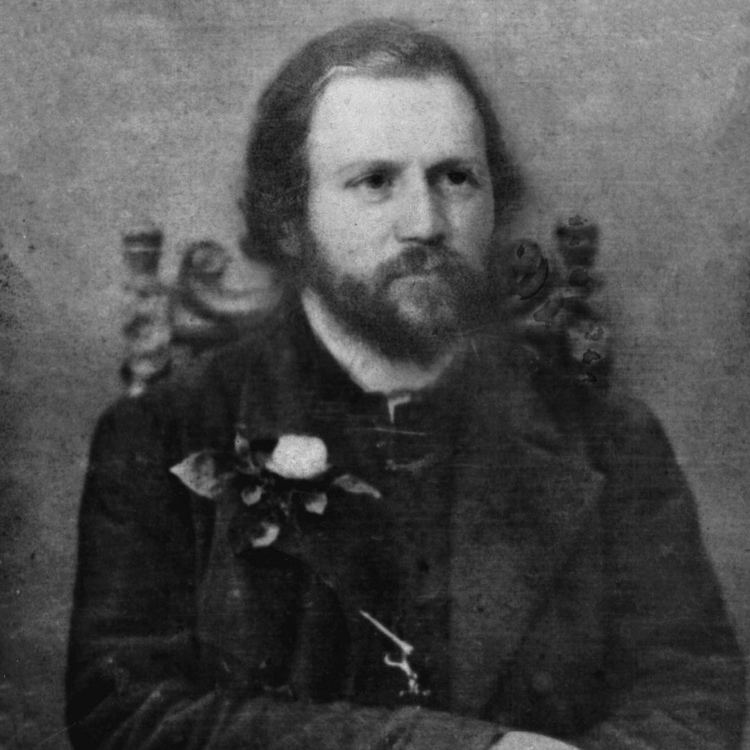
Charles-Valentin Alkan
Charles-Valentin Alkan (1813-1888) was one of the great piano virtuosos, and at one time or another, he was mentioned in the same breath as Frédéric Chopin and Franz Liszt and even compared to Hector Berlioz. Celebrated pianism aside, Alkan was also a most unusual composer, “remarkable in both techniques and imagination.” However, Alkan was painfully shy and reclusive, and he was prone to extensive bouts of depression. In fact, he would withdraw into virtual seclusion for decades on end. As he wrote to a friend in 1861, “I’m becoming daily more and more misanthropic and misogynous… nothing worthwhile, good or useful to do… no one to devote myself to. My situation makes me horridly sad and wretched.”
Alkan composed no symphonies, operas, oratorios or songs, and his three chamber works are bathed in the uncompromising nature of his piano-orientated creativity. The Op. 30 Piano Trio dates from 1841, but it was possibly written several years earlier. Since Alkan started his musical training on the violin, he certainly knows how to write for strings. The opening “Assez largement” starts almost violently, but it is quickly contrasted by a lovely and lyrical second theme. We find a witty exchange between instruments in the “Scherzo,” and the slow “Lentement” unfolds in classical simplicity. For the concluding “Vite”, Alkan returns to the powerful rhythmic impulses of the opening movement.
Charles-Valentin Alkan: Piano Trio in G Minor, Op. 30 (Dong-Suk Kang, violin; Yvan Chiffoleau, cello; Olivier Gardon, piano)
Charles-Marie Widor: Piano Trio in B-flat Major, Op. 19
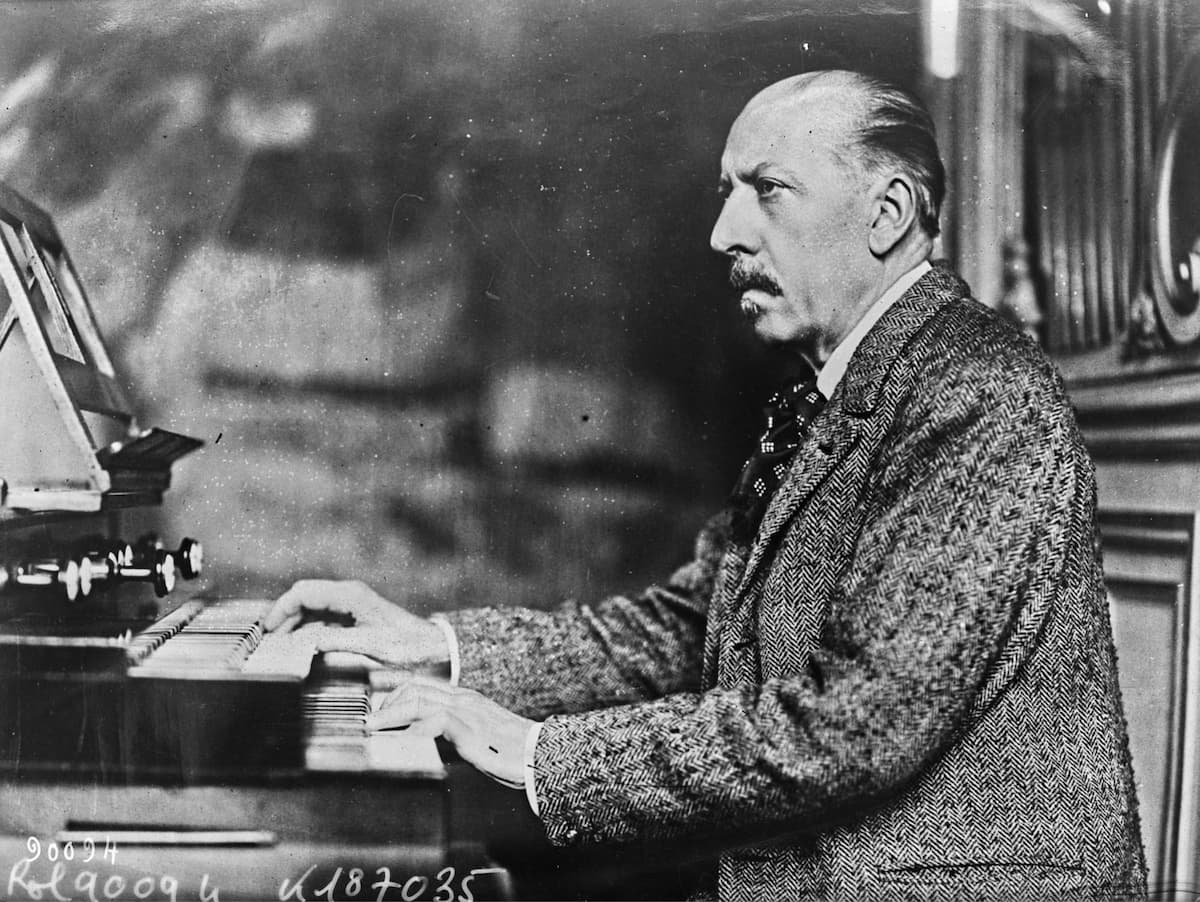
Charles-Marie Widor
Let’s stay in France a little longer and explore the earliest published chamber work by Charles-Marie Widor (1844-1937). We primarily know Widor as the composer of 10 vast organ symphonies; however, his contribution to chamber music should not be underestimated. He wrote two piano quintets, a piano quartet, a piano trio, two violin sonatas, a cello sonata and several suites and smaller pieces for various instrumental combinations. A scholar writes, “the chamber music of Widor displays a melodic elegance that is characteristically French. There is often an appealing delicacy of texture and colour, though a sense of vigour infuses much of the music, and in the passages of power, there emerges a fullness of sonority that is decidedly romantic.”
The piano trio dates from 1875 and opens with unison string passages harmonically supported by the piano. A recitative-like opening is interrupted by the piano, with a second subject sounding refined elegance. The delicate siciliano rhythm in the “Andante” provides a sense of tranquillity and delicacy. An animated instrumental dialogue imbues the “Scherzo,” and the concluding “Presto” is infused with youthful vitality and freshness. It is a youthful work full of clarity, moderation, and balance; however, it already brims with expressive confidence and compositional mastery.
Charles-Marie Widor: Piano Trio in B-flat Major, Op. 19 (Károly Botvay, cello; Andras Kiss, violin; Ilona Prunyi, piano)
Anton Rubinstein: Piano Trio in G minor, Op. 15, No. 2
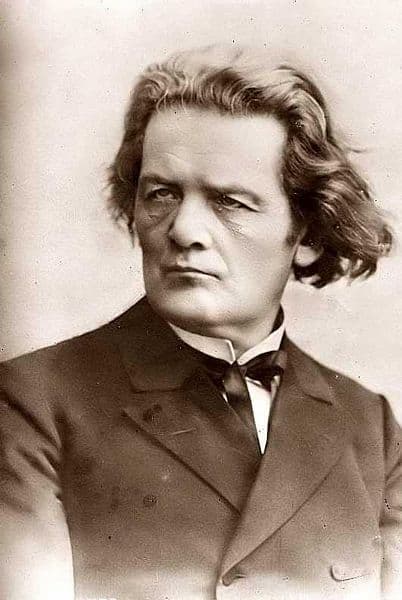
Anton Rubinstein
In the history of Russian chamber music the piano trio holds an important place, and we have already sampled works by Tchaikovsky and Rachmaninoff. In this blog, let me add the G-minor trio by Anton Rubinstein (1829-1894), a highly influential pianist, composer, and administrator. Anton ranked among the great 19th-century keyboard virtuosos who became famous for his series of historical recitals. He was also a prolific composer, writing 20 operas, five piano concertos, six symphonies and a substantial number of piano and chamber works.
While his brother Nikolai famously founded the Moscow Conservatory, Anton founded the Conservatory in Saint Petersburg. Anton was at odds with a number of cultural and musical currents of his time, declaring that “music could not be a vehicle for a national style.” He also abhorred musical amateurism, hence his founding of the Conservatoire. He was the composition teacher of Tchaikovsky and was well aware of his contentious reputation. As he writes, “Russians call me German, Germans call me Russian, Jews call me a Christian, Christians a Jew. Pianists call me a composer, composers call me a pianist. The classicists think me a futurist, and the futurists call me a reactionary.”
Anton Rubinstein: Piano Trio in G Minor, Op. 15, No. 2 (Brahms Trio)
Lera Auerbach: Piano Trio, Op. 28
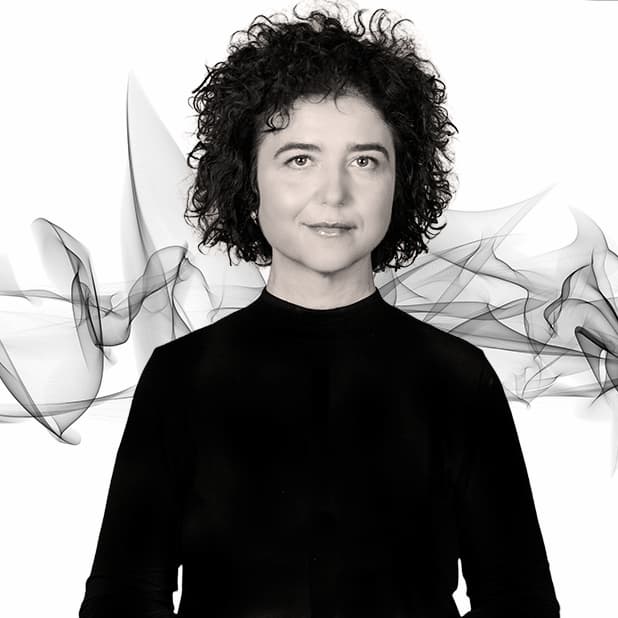
Lera Auerbach © Raniero Tazzi
The Russian tradition of writing piano trios continues into the present day, and Lera Auerbach is considered one of the most exciting new voices among contemporary composers. She composes music of extraordinary power and intensity while “exploring a wide range of forms and genres.” Her works are characterized by a stylistic freedom that juxtaposes tonal and atonal musical language, resulting in expressions of brooding intensity and poetic artistry. Auerbach was born in Chelyabinsk, a city in the Ural Mountains close to Siberia, but her Op. 28 Piano Trio was written during a period of personal transition.
As Auerbach explains, “In 1991, at the age of 17, during a concert tour in America, six months before the fall of the Soviet Union, I decided to defect. The following year, 1992, when the first two movements of this trio were written, was perhaps the most difficult of my life. I was alone and did not know whether I would ever see my family again. Many of the works of that period were not completed until a few years later; this trio is one of them. The last movement, Presto, was written four years later, in 1996.”
Richard Strauss
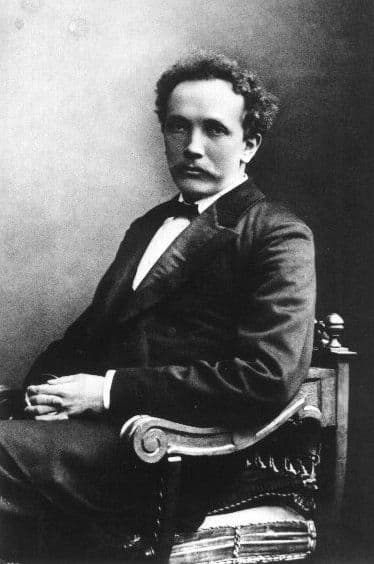
Richard Strauss
Lera Auerbach composed her first piano trio at the age of 17, and Richard Strauss did the same at the age of 13. Strauss composed his A Major piano trio in December 1877, during a period of illness that forced him to stay in bed for several weeks. As he reports to a friend, “I have been lying in bed for 17 days as a result of enteritis, but in a day and a half, I composed a trio in A major of piano, violin, and cello.” That’s rather remarkable for a 13-year-old boy, but we need to remember that Strauss started piano lessons at the age of 4 and happily composed two years later. By the time he was 16, Richard had composed roughly 140 compositions, including almost 60 songs and more than 40 piano works.
This youthful chamber work by Richard Strauss is not performed with any kind of regularity, yet the music is filled with sparkling inventiveness and lyricism. The first performance took place in 1877/78, and it apparently scored in three movements only, excluding the “Minuet.” That movement was probably composed in the course of 1878 as an optional interlude. The young Strauss proudly reports, “my trio was performed several times at my uncle’s, who is also a cellist and to whom I dedicated the piece. Everyone who heard it enjoyed it so much that I was showered with unexpected praise; my uncle was especially delighted by the modulation from E-flat to E in the “Adagio.”
Richard Strauss: Piano Trio No. 1 in A Major (Anna Kandinskaja, violin; Sebastian Hess, cello)
Erich Wolfgang Korngold: Piano Trio in D Major, Op. 1
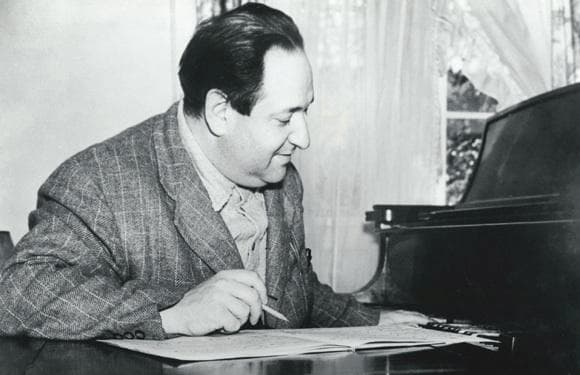
Erich Wolfgang Korngold
I hope you can stand to listen to one more Wunderkind composition, the piano trio in D-major, Op. 1 by Erich Wolfgang Korngold. Korngold was not yet thirteen when he composed his Piano Trio in 1909/1910. The work takes its bearing from the mature works of Richard Strauss, and it contains a seriously demanding piano part that exposes a variety of tonal colours and a vast symphonic breadth. But what is even more remarkable is the fact that ten weeks before the premiere performance of the piano trio, Korngold’s ballet-pantomime “The Snowman” was given at the home of the Austrian prime minister and subsequently at the Vienna Court Opera. Korngold was a musical celebrity at the age of 13.
We can judge the measure of Korngold’s reputation by the line-up of the three eminent musicians that performed the premiere of the Piano Trio Op. 1. The violin part was taken by Arnold Rosé, concertmaster of the Vienna Philharmonic, the cellist was Adolf Buxbaum, and Bruno Walter, one of the greatest conductors in history, was the pianist on that day. The piano trio quickly made its way to New York, and it still opened doors for him in the United States when he arrived 25 years later. A scholar writes, “Although the piano trio is set out in the standard four movements, its individual handling of form, as well as an awareness of the latest developments in harmonic practice, confirm the teenage composer as being far more than just an able technician.”
Frédéric Chopin: Piano Trio in G minor, Op.8
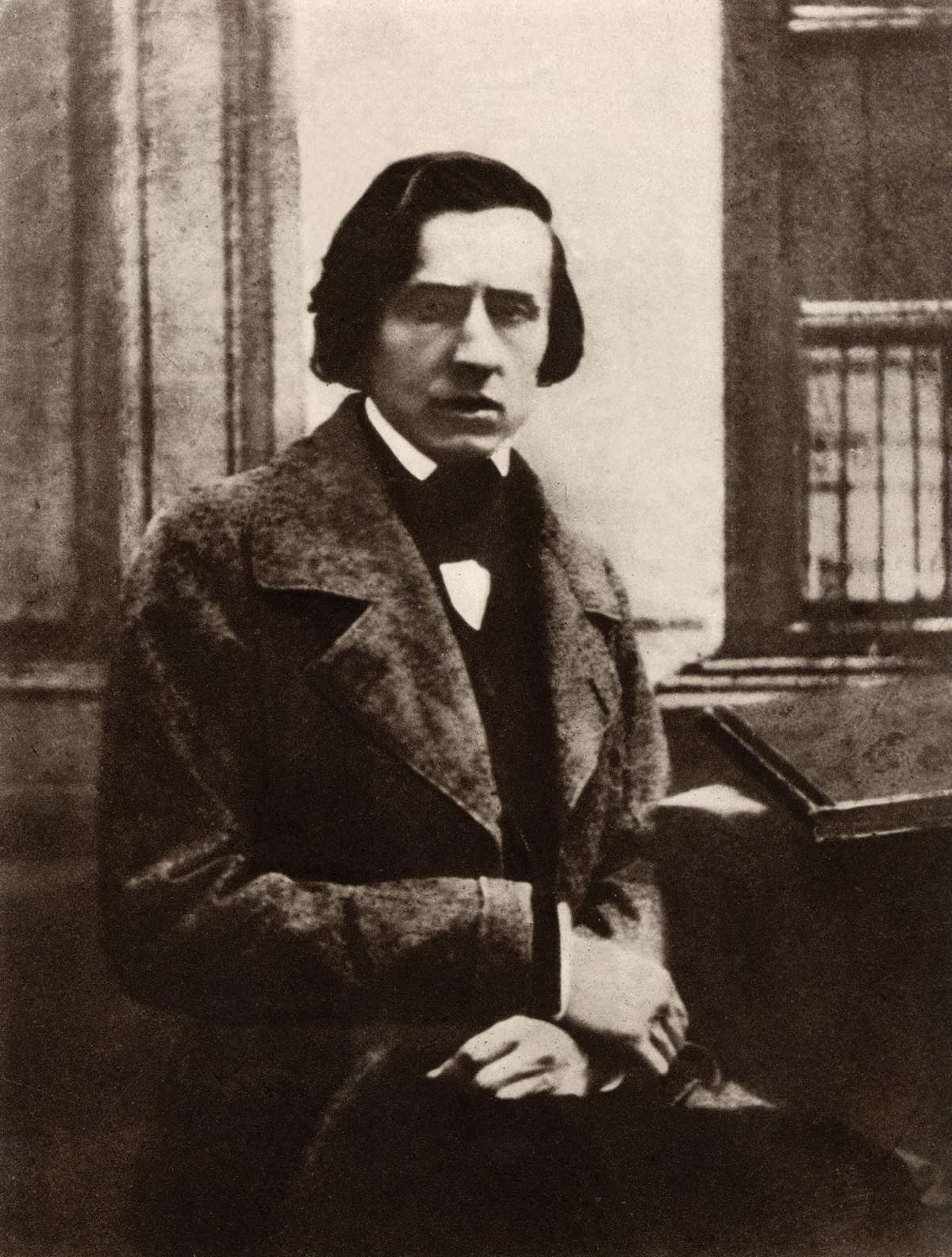
Frédéric Chopin
With so much fascinating and beautiful music written for the piano trio, I could literally go on forever. In this blog, I have featured a number of works by young composers who experimented with the piano trio during their early stages of musical development. So it seems fitting to conclude with the Piano Trio in G minor, Op. 8 by Frédéric Chopin. The work was written in the summer of 1828 while visiting the estate of Antoni Radziwiłł in Poznań.
Scored in four movements, a dramatic “Allegro con fuoco” features a relatively simple violin part but much more demanding writing for the cello and the piano. A “Scherzo” and contrasting “Trio” lead to an emotional “Adagio,” and the “Finale” is clearly steeped in a Polish imagination. I hope you enjoyed the piano trio episodes, and I invite you to look out for my next blog on piano quartets.
For more of the best in classical music, sign up for our E-Newsletter

